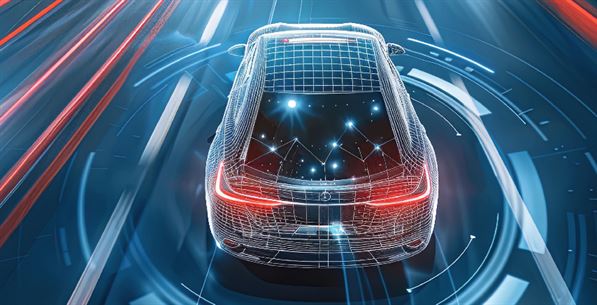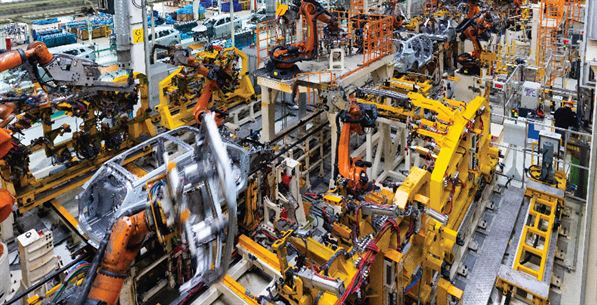- PRODUCTS
- SERVICES
- HARDWARE & IT
- LEARNING & DEVELOPMENT
- CADFEM INFORMS
CADFEM INFORMS OVERVIEW
- ABOUT US

A Digital Twin is a virtual representation of a physical object, process, or system that serves as the real-time digital counterpart to monitor, simulate, and analyze its counterpart in the physical world. This concept integrates Internet of Things (IoT), artificial intelligence (AI), machine learning, and software analytics with spatial network graphs to create living digital simulation models that update and change as their physical counterparts change.
Digital twins in healthcare use advanced simulations to replicate patients’ medical aspects, enabling personalized treatment and monitoring. Integrating real-time data from wearables and health records, they predict outcomes and optimize care. By simulating interventions, they improve precision medicine, reduce costs, and enhance patient safety. This evolving technology promises to transform healthcare by enabling proactive management of individual health conditions.
A digital twin is a virtual city replica that uses real-time data to optimize urban systems and decision-making. Integrating IoT sensors, AI, and analytics, it manages city assets, utilities, and infrastructure efficiently. Digital twins enable predictive maintenance, energy savings, and improved public safety, and support urban planning by simulating the impacts of policy changes or new infrastructure. This technology transforms urban management, promising smarter, more sustainable cities.
Digital twins in autonomous driving create virtual replicas of vehicles to simulate real-world conditions, enhancing testing and development. By integrating real-time sensor data, they predict performance issues and optimize responses, enabling safer, more efficient design iterations without physical prototypes. This technology also supports ongoing maintenance and updates through continuous learning. Ultimately, digital twins empower the autonomous driving sector to achieve higher safety and reliability, accelerating widespread adoption.

Digital twins in the automotive industry revolutionize vehicle design, manufacturing, and maintenance. These virtual replicas allow engineers to simulate, analyze, and optimize systems without physical prototypes. Using real-time sensor data, digital twins enable predictive maintenance, enhancing reliability and performance. Automakers streamline production and reduce costs, improving efficiency. Ultimately, digital twins drive innovation, leading to safer, more efficient, and environmentally friendly vehicles.

Digital twins in manufacturing enhance efficiency and precision. These virtual replicas enable real-time monitoring and predictive maintenance, reducing downtime. By simulating production scenarios, manufacturers can optimize operations and test changes without disruption. They support large-scale product customization and improve quality by anticipating problems, leading to cost savings, better product quality, and a more agile manufacturing environment.


